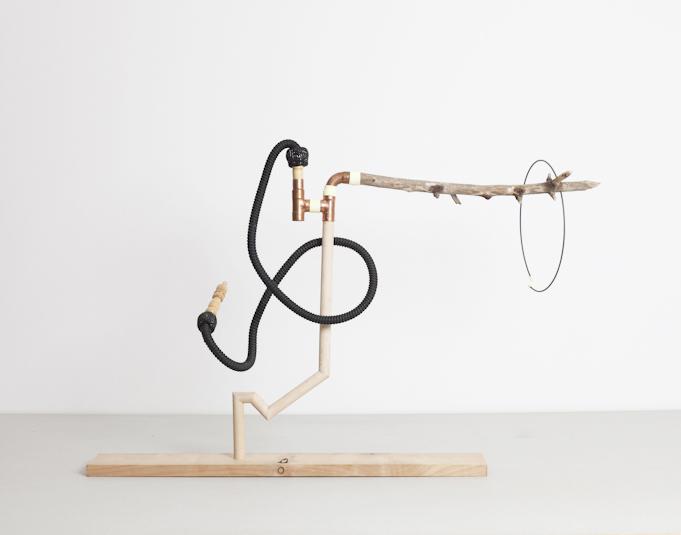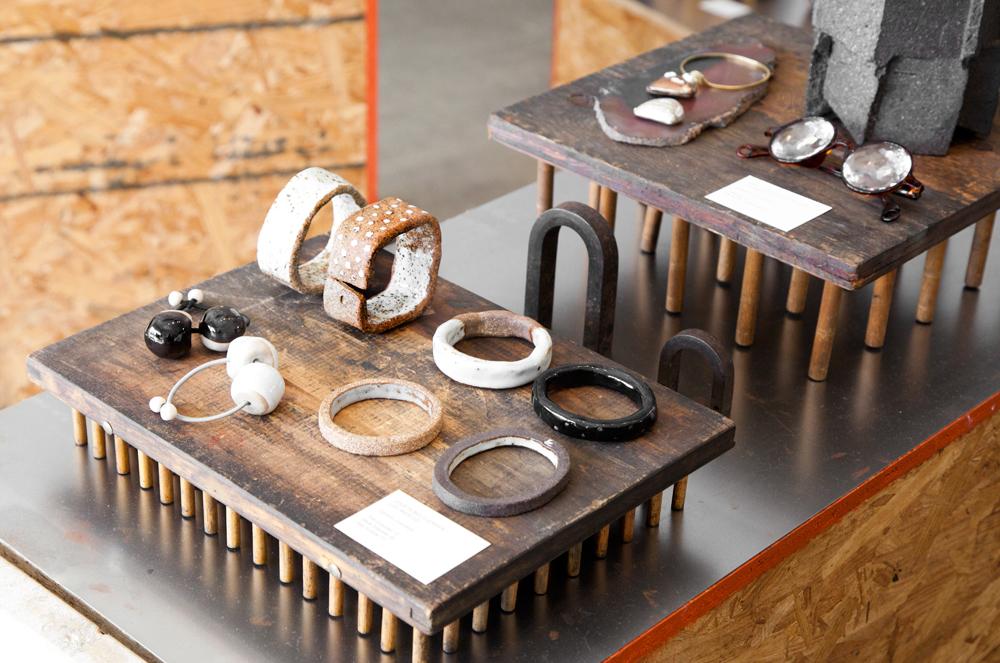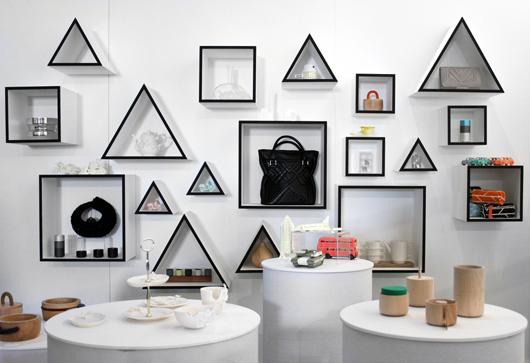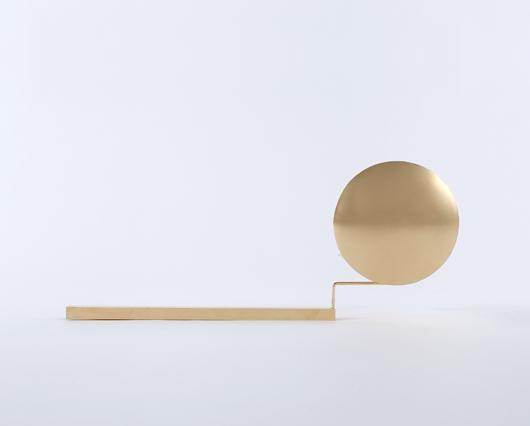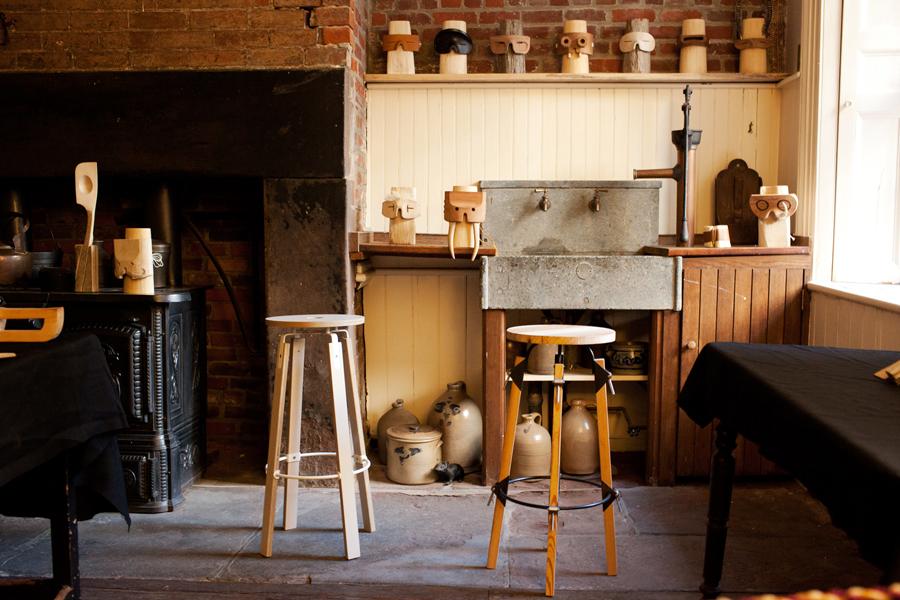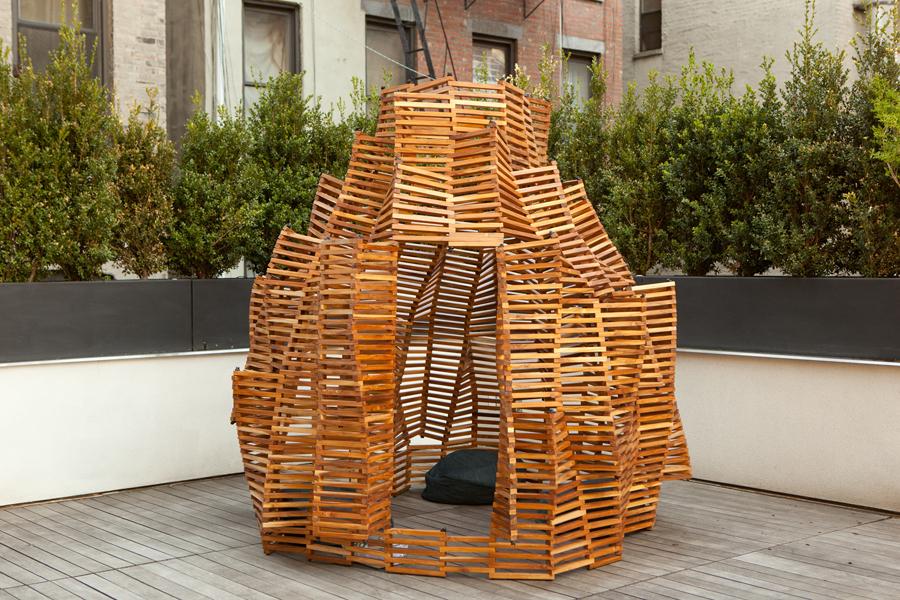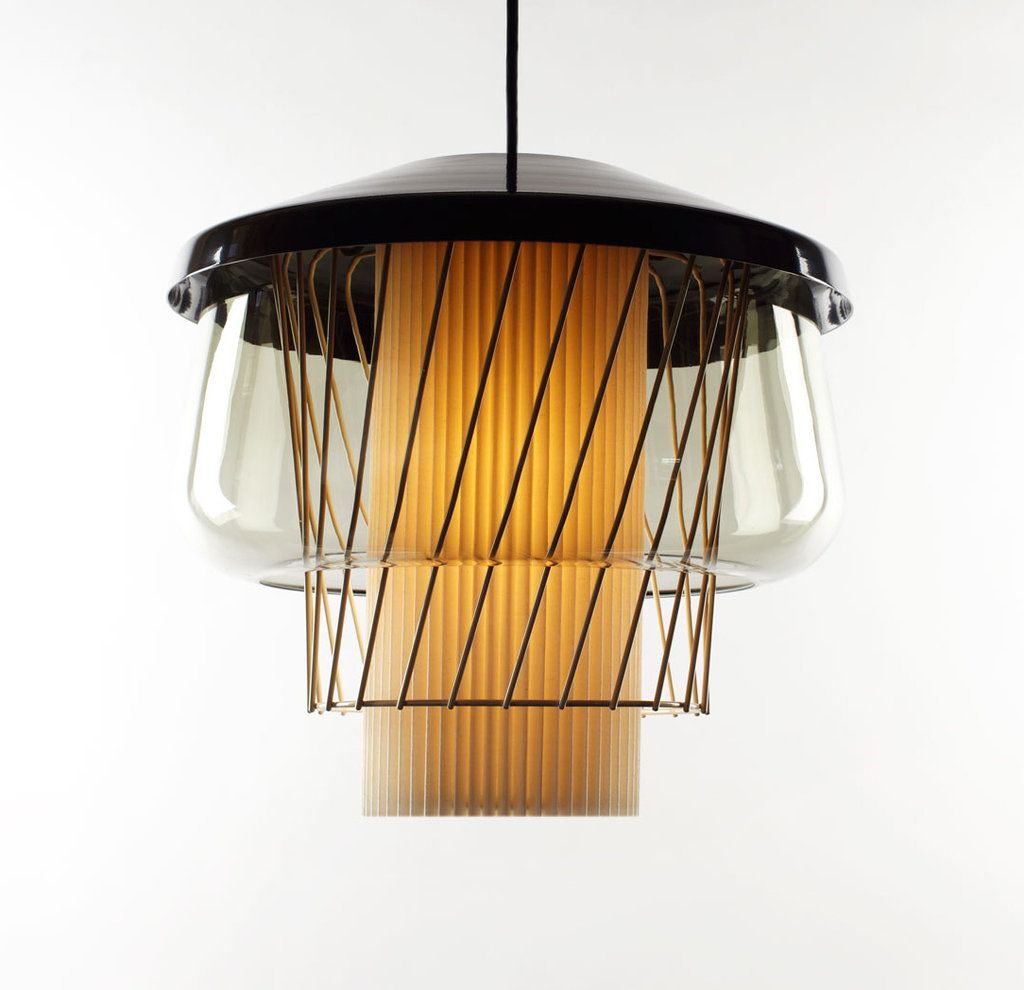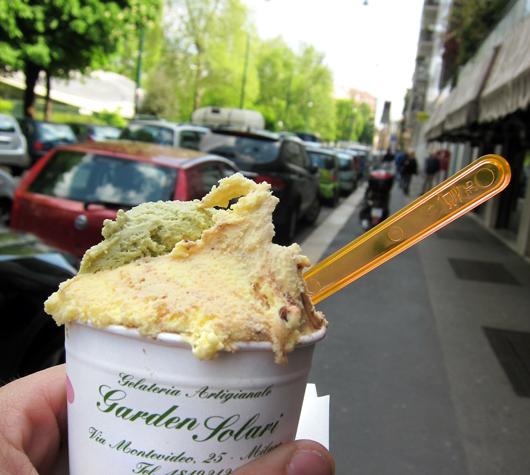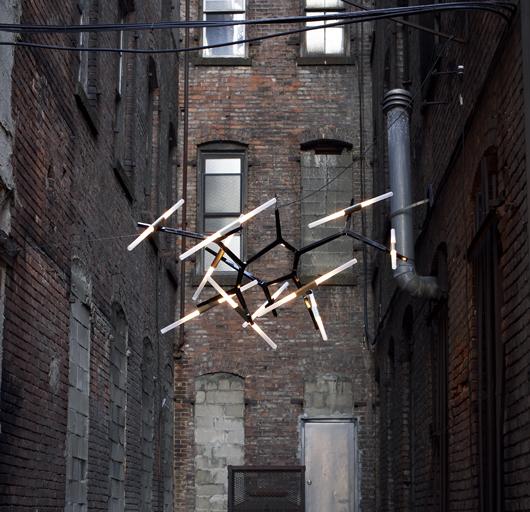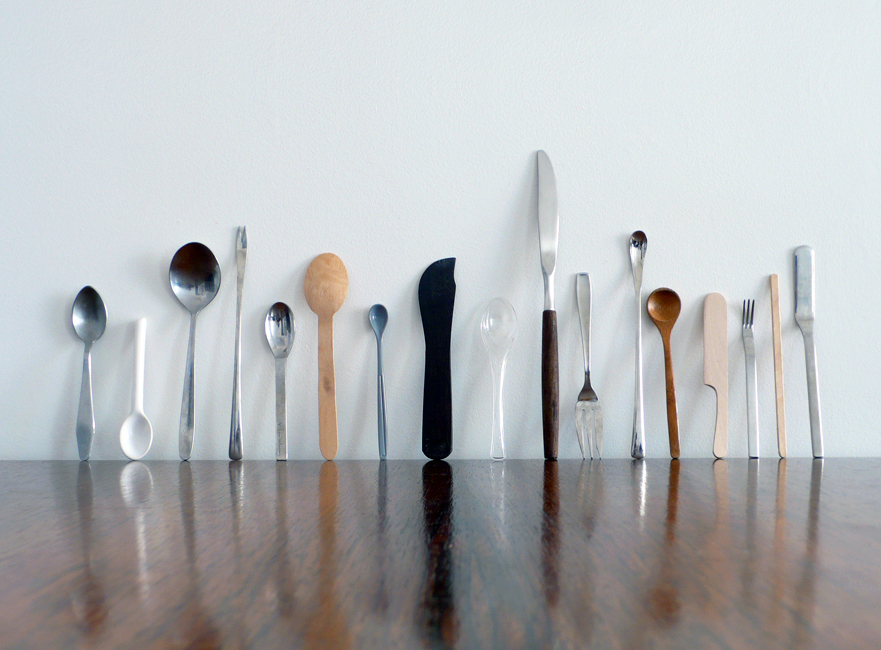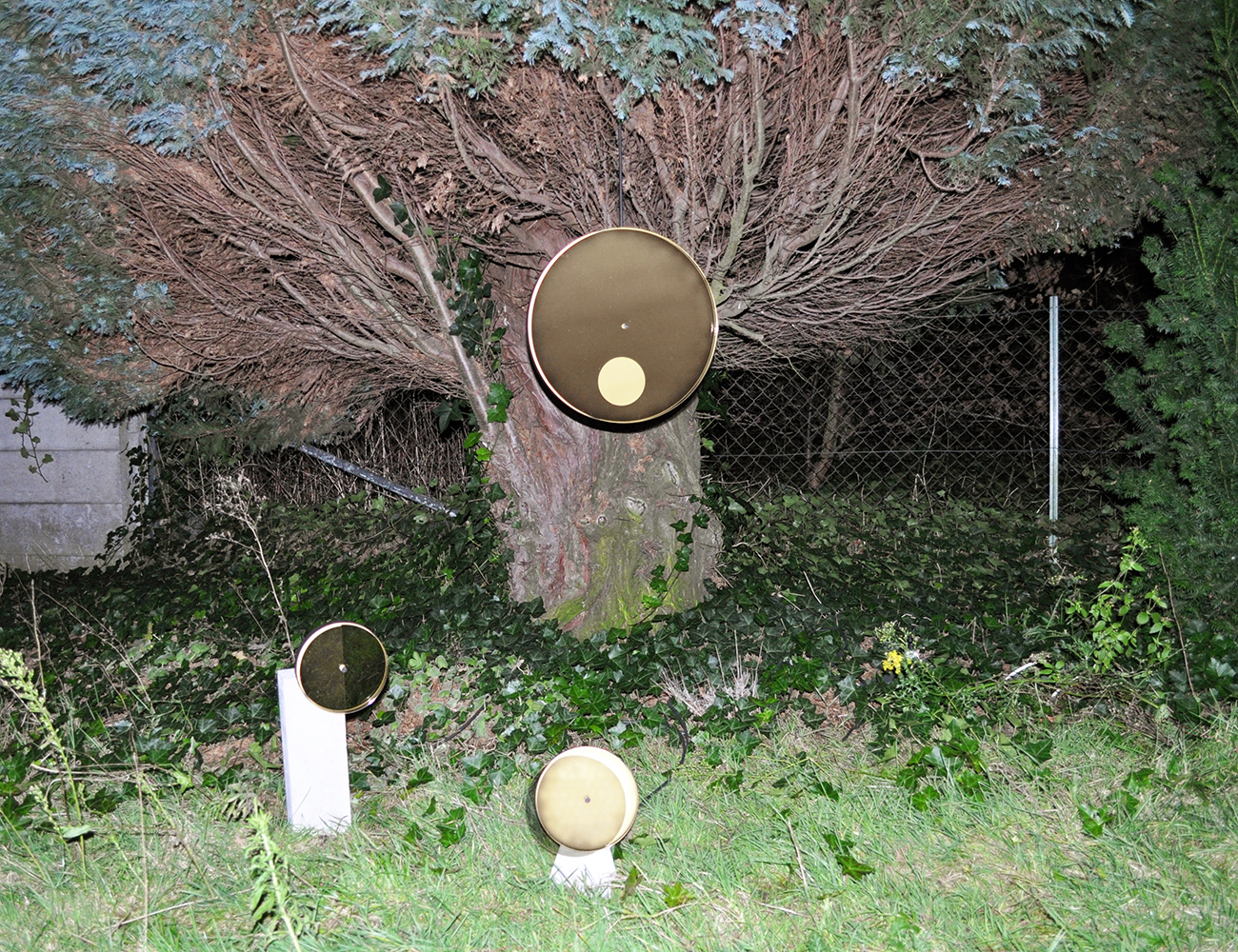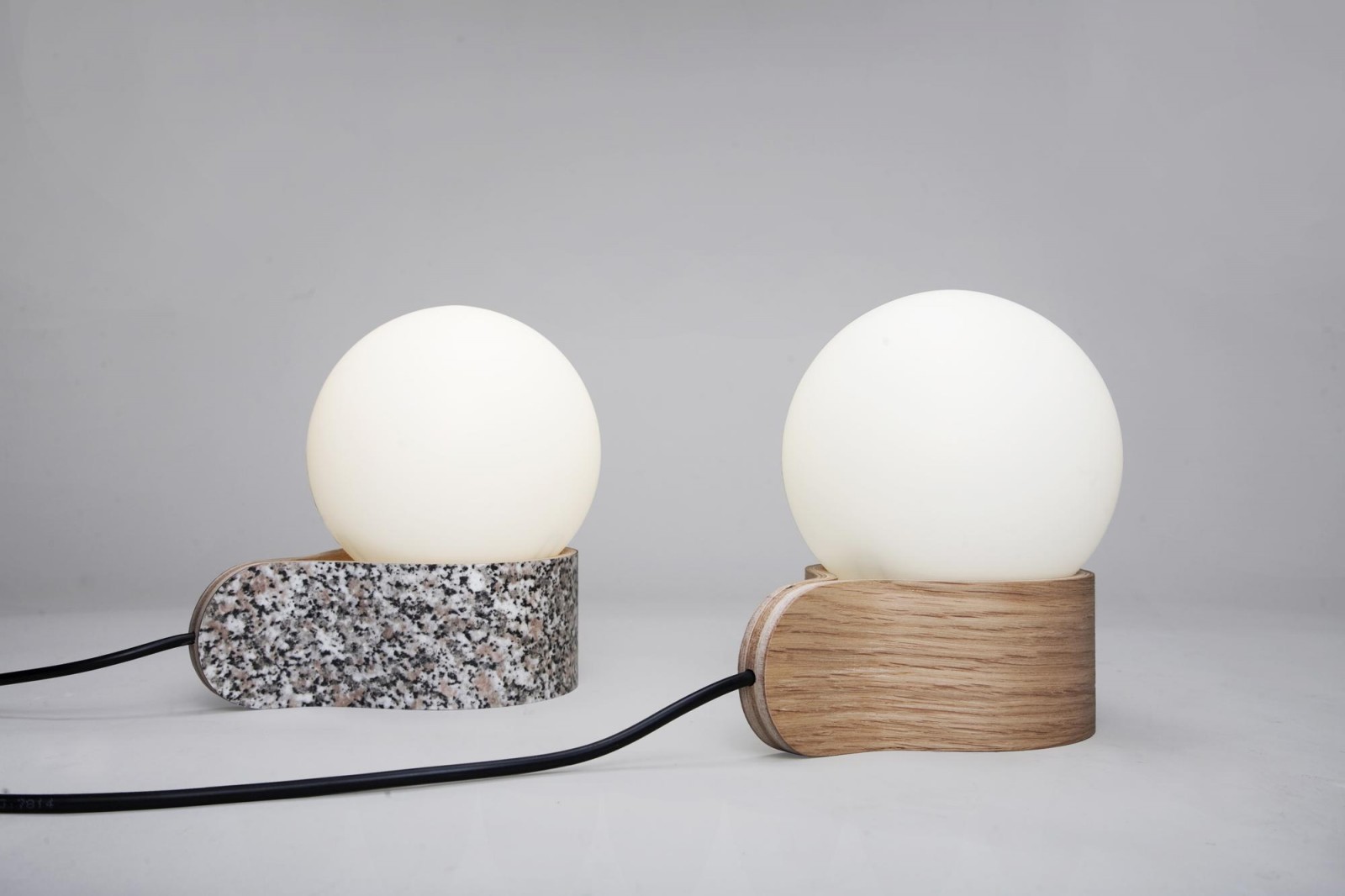
02.13.13
Up and Coming
Asaf Weinbroom, Lighting Designer
If Asaf Weinbroom had ended up a fashion designer, the way he intended from a young age growing up in Tel Aviv, it’s easy to envision what the hallmarks of his design might have been: unconventional draping, vintage buttons or clasps, and an obsession with transforming materials that would normally be considered pedestrian. After all, as a lighting designer — the path he chose after being rejected from a fashion program — his pieces have all followed a similar formula. “I begin to design from the inside out,” he says. “I’ll start with small details, joints, or mechanisms, and when those are done I decide which type of light it will be.”
